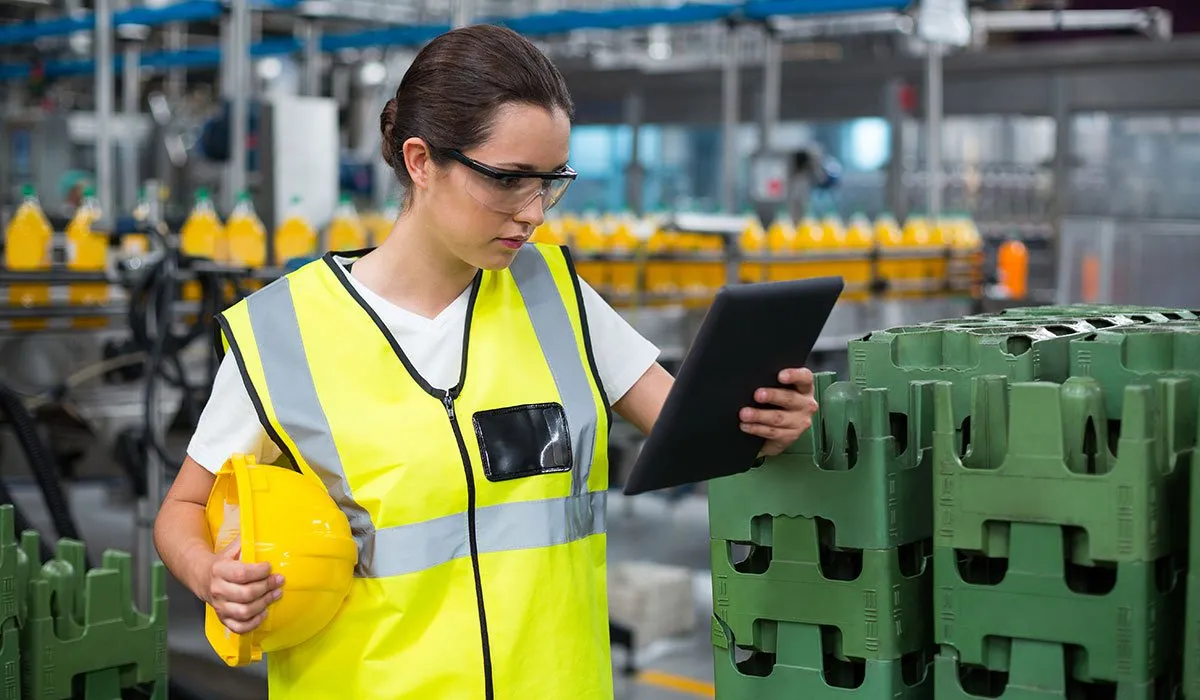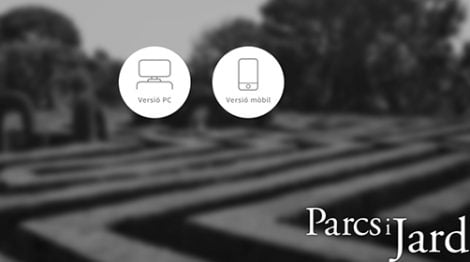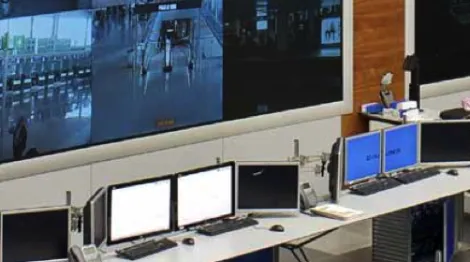Predictive Maintenance: What it is and What Types Exist
We explain in detail what predictive maintenance and its different types are.


The current industrial landscape, after the Covid-19 pandemic unleashed in 2020, is a challenge for a large part of the world’s industrial fabric. The pandemic is forcing organizations to reinvent themselves to be more productive. And in the midst of the era of digital transformation and automation, this reinvention involves investing in new technologies and solutions that allow organizations to be more productive at a lower cost.
One of the factors that reduce a plant’s production and its competitiveness in the market are critical equipment failures that force the production of a line or system to stop for an extended period of time. Therefore, organizations are increasingly seeing the need to anticipate and avoid these unscheduled stoppages in order to be more efficient. And the solution for this is to implement an advanced predictive maintenance solution.
In today’s post, we will explain what predictive maintenance and its typologies are.
What is predictive maintenance?
If we look in the books, the most accurate definition of predictive maintenance is: “Predictive maintenance is a maintenance strategy that consists of applying different techniques to predict the future failure of a machine component, so that said component can be replaced just before it fails.
To this end, predictive maintenance is based on the measurement, tracking, and monitoring of parameters and operating conditions of equipment, systems, or facilities.
The application of a predictive maintenance strategy in an organization will allow anticipating future failures and anomalous operation of equipment, systems, or facilities days, weeks, or even months before the failure occurs. This fact will allow the maintenance department and the organization’s engineers to plan together with the operations department a planned shutdown to carry out the appropriate maintenance actions to avoid said failure in the relevant asset.
Types of Predictive Maintenance
Within predictive maintenance, there are different types, each more sophisticated, strategic, and optimized.

The different types of predictive maintenance are:
1 Predictive Preventive Maintenance
Predictive preventive maintenance is that carried out periodically through reviews and/or inspections carried out by technical personnel. It is possible to determine if equipment, a system, or a facility will suffer a failure by reading operating parameters (Tª, P, Q…) or by analyzing different statistical variables, it is possible to determine the wear of certain elements of the assets, so it is possible to replace them before they produce a failure. It is the simplest level of predictive maintenance.
At this level, we find traditional predictive maintenance, such as thermographies, lubricant analysis, and vibration analysis, among others.
2 Condition-based Predictive Maintenance
Condition-based predictive maintenance or CBM, is a maintenance strategy in itself. However, this maintenance strategy allows predictive analysis based on the current or future condition of an asset, indicating when an adjustment, repair, or replacement should be performed to prematurely avoid a future failure.
This maintenance strategy is based on the continuous and prolonged monitoring over time of different parameters of the operation of equipment, systems, or facilities, so that it is possible to detect anomalous operation or a future failure based on condition rules.
To carry out condition-based predictive maintenance, it is very important to determine which parameters we should monitor in order to anticipate future failures. These parameters or set of “telltale” parameters are what will make up the condition rules and their logic.
An example of predictive maintenance based on condition could be monitoring the energy consumption of a pump in relation to the flow rate to detect the mechanical degradation of the pump. This would allow for early detection of equipment degradation, being able to schedule its review and repair in time.
There are specialized software to be able to implement this maintenance strategy by integrating with the CMMS system, so that when one of the logics is met based on the established rule, it automatically generates a work request or a work order in it.
At Wonderware Iberia we have Insight, which has this functionality as well as many others related to the world of maintenance and operations.
3 Advanced Predictive Maintenance or 4.0
Advanced predictive maintenance or 4.0 is the most sophisticated of the different types described here because the software solutions for this purpose have technology of Machine Learning and Artificial Intelligence.
Predictive maintenance 4.0 is based on the generation of representative models of the optimal behavior of equipment, systems, or facilities. To this end, thanks to Machine Learning and AI, the model is generated and trained based on the recognition of operational patterns extracted from the historical data of the asset in question.
Once the predictive model of the asset has been generated, continuous monitoring of the asset’s behavior in real time is necessary. A real-time comparison is made between the actual behavior of the equipment and that predicted by the model, so that when the actual differs from the predicted, an alert is produced in the system.
This type of technology is very accurate, detecting anomalous behaviors and changes in behavior imperceptible to humans, allowing anticipating failures long before they happen.
If you want to know more about how this technology works or about our solution for it called PRiSM, do not hesitate to contact us.
Conclusion
Although it may seem contradictory, now is the time to invest to save.
Increasingly, organizations are betting on new technologies that allow them to save costs and maximize their production.
In order to remain competitive in an increasingly demanding market, it is essential to implement predictive maintenance strategies based on condition or advanced (4.0). In this way, it will be possible to anticipate critical failures that cause unplanned stoppages in production, with the associated costs that this entails, both in terms of repair and non-production.
If you have any questions about Predictive Maintenance, do not hesitate to write to us and tell us what you need.





